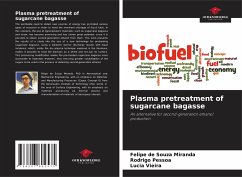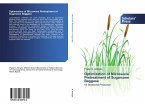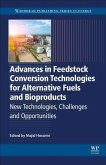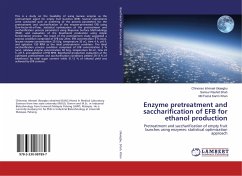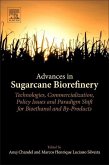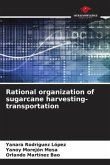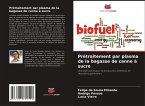The worldwide need to obtain new sources of energy has prompted various types of research in order to meet the imminent shortage of fossil fuels. In this scenario, the use of lignocellulosic materials, such as sugarcane bagasse and straw, has become promising and has shown great potential, since it is possible to obtain second-generation ethanol from them. This work presents the results of a study into the use of a new technology for pretreating sugarcane bagasse, using a dielectric barrier discharge reactor with liquid incidence, which, unlike the dry plasma technique explored in the literature, makes it possible to treat the biomass as a whole and not just its surface. This processing modification makes the pre-treated sugarcane bagasse more accessible to hydrolytic enzymes, thus ensuring greater solubilization of the sugars to be used in the process of obtaining second-generation ethanol.
Bitte wählen Sie Ihr Anliegen aus.
Rechnungen
Retourenschein anfordern
Bestellstatus
Storno

